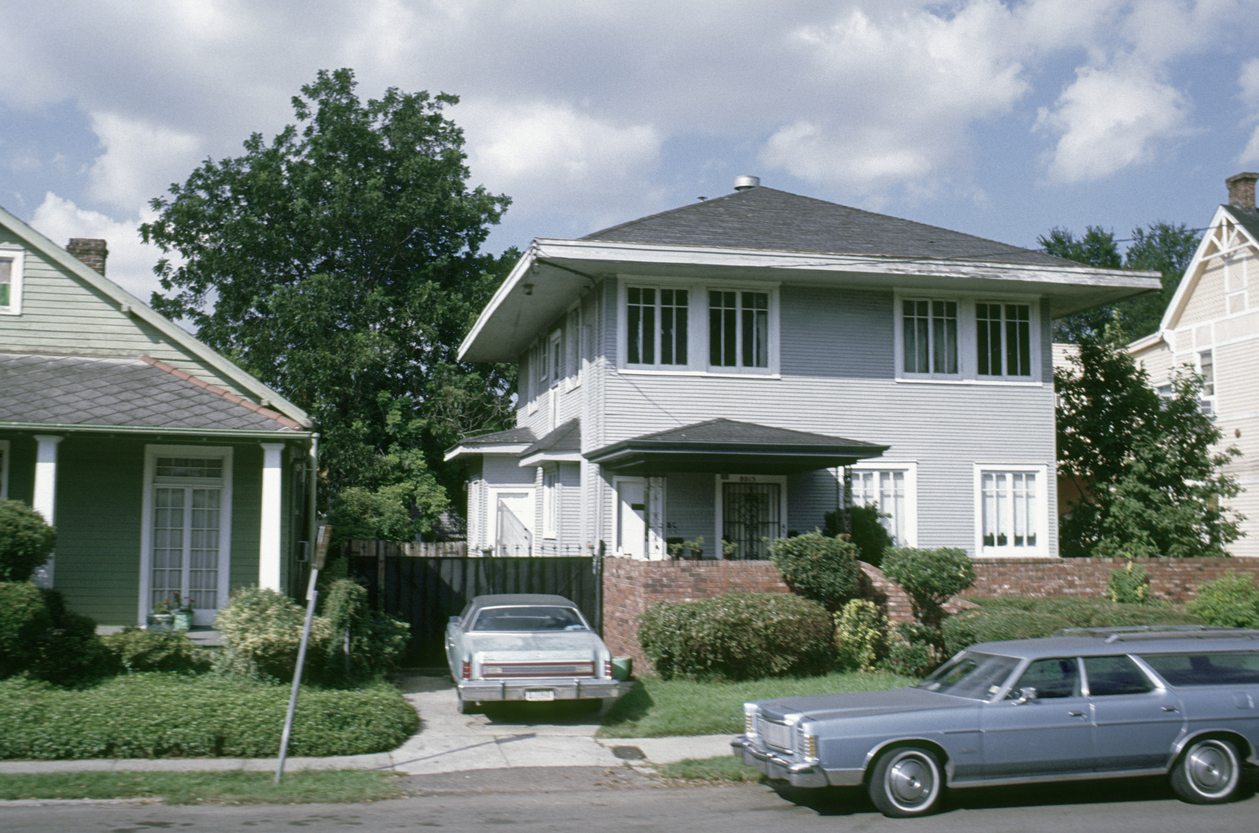When homeowners consider improving the appearance and performance of their property, siding is often one of the top projects that comes to mind. And for good reason. It offers a wide range of benefits, from improving how your house looks from the street to increasing its energy efficiency and structural protection. But the question that matters most is this: Does new siding actually add value to your home when it’s time to sell or refinance?
The short answer is yes. The long answer isn’t so straightforward, which is why this guide explores how new siding can impact your home’s value. We’ll look at the typical return people get on their investment, discuss what influences that figure, compare popular materials, highlight the connection between siding and curb appeal, and share tips that help homeowners get the most benefit from their upgrade.
What Is the Average Return on Investment for New Siding?
Many homeowners hire siding contractors for home value improvements, knowing that these upgrades can boost curb appeal and resale potential. Home improvement choices usually come down to two things. How much do they cost, and how much value do they add to your home? Siding is one of those projects that gives back more than it takes.
Not only does it improve appearance, but it also serves a functional purpose. It shields the structure, helps control indoor temperatures, and can even protect against moisture problems and pests. That combination is hard to ignore, especially when you look at how siding stacks up against other exterior projects.
Return on investment (ROI) depends heavily on local markets and what buyers are looking for in your area. However, across many markets, siding holds strong as one of the highest-value exterior upgrades. Projects like new decks, updated windows, or replacing garage doors may offer decent returns, but siding often brings a higher percentage back to the seller, particularly when the material selected is in line with neighborhood preferences.
Some materials perform better than others. Fiber cement siding, for example, tends to edge ahead of vinyl because of its durability and style. In certain areas, materials that fit regional climates or aesthetic norms may do even better. Homes in dry climates might favor stucco, while colder climates lean toward insulated products.
The return isn’t just measured in house prices. Homes with fresh siding often sell more quickly and attract higher interest from buyers browsing online or driving through neighborhoods. Those quicker sales save time and reduce holding costs, which adds another layer of value beyond the final sale price.
Factors That Influence the Value New Siding Adds
New siding isn’t a one-size-fits-all improvement. Its ability to raise home value depends on a mix of things. First, there’s the kind of siding you choose. Some materials are more expensive up front but offer greater appeal and durability over time. Others are cost-effective but may not make as strong an impression on buyers. Material quality and installation matter. Cheap products installed poorly can result in issues that hurt value rather than boost it.
Next comes the condition of the original siding. If your home’s exterior is faded, damaged, or out of style, then replacing it has an immediate and visible effect. It shows care and pride in home ownership, which buyers notice. If the old siding is in good shape and still looks decent, the impact of replacing it may be more subtle.
Neighborhood trends and local housing markets play a big role, too. Buyers in upscale communities may expect premium finishes. On the other hand, buyers in modest areas might value affordability and ease of maintenance more than designer looks. The more your siding fits in with what buyers expect in your location, the more likely you are to see a value bump.
Age and overall home condition also influence how siding affects value. New siding on a home with other modern upgrades has a compounding effect. It complements the roof, windows, and landscaping. But putting new siding on a house with outdated features inside may only go so far. Buyers look at the total picture. Siding is important, but it works best when it’s part of a larger story of care and upkeep.
Cost vs. Value by Siding Type
Different siding materials have different costs, benefits, and lifespans. That means each type will add value in its own way. Vinyl siding is widely used because it’s affordable and requires little upkeep. It resists fading and can handle most weather. That makes it a popular choice for budget-conscious homeowners who still want a clean, fresh look.
Fiber cement siding offers a mix of strength and style. It holds up well against fire, moisture, and pests. It also has a more upscale look that mimics wood or masonry without the same maintenance issues. That makes it appealing to buyers who want durability and design without the complications of natural materials.
Wood siding brings classic beauty and warmth to a home. It fits well in historic areas or homes with traditional designs. However, it requires regular care to avoid issues like rot or warping. Its value depends on how well it has been maintained and whether the buyer is willing to take on that commitment.
Engineered wood, or composite siding, offers a middle ground. It looks like natural wood but handles the weather better. It costs more than vinyl but less than premium products. Buyers often view it as a smart compromise between form and function.
Other materials like stucco or stone veneer may be used in regions where they match local architecture. These can be more expensive but might add strong value in markets where they are common. If these types fit the home’s style and the neighborhood’s expectations, they can be worth the extra investment.
It’s important to keep in mind that choosing the most expensive material doesn’t always mean getting the highest return. The value is relative to how well the siding suits the property and the expectations of future buyers. Proper installation and thoughtful selection often matter more than the material’s price alone.
How New Siding Enhances Curb Appeal and Buyer Perception
First impressions shape buyer interest before they even step inside. The moment someone drives up or clicks on a listing, they start forming opinions based on what they see. Siding covers most of your home's exterior, which makes it one of the biggest contributors to visual impact. Fresh siding communicates that the house has been cared for. It suggests that the owners have invested time and money into keeping things up to date.
In the age of online real estate listings, pictures matter more than ever. Homes with bright, clean siding stand out against dull or weathered exteriors. That leads to more clicks, more showings, and more competition among potential buyers. The emotional response that buyers feel from seeing an attractive exterior often carries through the whole tour. They are more likely to approach the rest of the home with positive expectations.
There’s also something reassuring about siding that looks low-maintenance. Modern materials are built to handle the elements without needing frequent attention. Buyers appreciate that. No one wants to inherit a long list of chores. Siding that looks neat and promises durability can be a strong selling point.
Design matters too. Siding should feel like it belongs with the house’s shape and style. A craftsman home with bold trim and varied textures makes good use of siding with character. A mid-century home may benefit from cleaner lines and simple profiles. When siding supports the home’s identity, it adds value in subtle ways that resonate with buyers.
Tips to Get the Most Value from a Siding Upgrade
If you want your siding project to pay off, there are a few important things to keep in mind. Start with choosing the material that makes sense for your home, your region, and your goals. It’s easy to be drawn toward trendy or premium options, but those may not suit your house or neighborhood. Select something that fits the climate and has proven success with buyers in your area.
Working with experienced installers is key. Even the best siding won’t perform well if it’s poorly installed. Look for professionals with solid reputations and clear communication. Their work should meet the standards of both function and appearance. A clean installation gives the siding room to do its job and adds to the home’s overall polish.
Sometimes, combining siding replacement with other exterior upgrades can increase the return. For example, adding insulation or improving window trim may help with energy savings and visual impact. These additions show buyers that improvements were made with care and purpose.
Design choices also matter. Stick with colors and styles that have broad appeal. While bold colors might work for some homes, neutral tones tend to attract more buyers. Think long-term. What looks fresh and modern now might feel outdated in a few years. Choosing timeless elements can help keep your home looking current even as trends shift.
To ensure you maximize your ROI, keep documentation of everything. Buyers and agents appreciate knowing what kind of siding was installed, who did the work, and what warranties apply. When you can prove the investment was done right and comes with protection, it adds confidence to the sale and can help speed things up.













